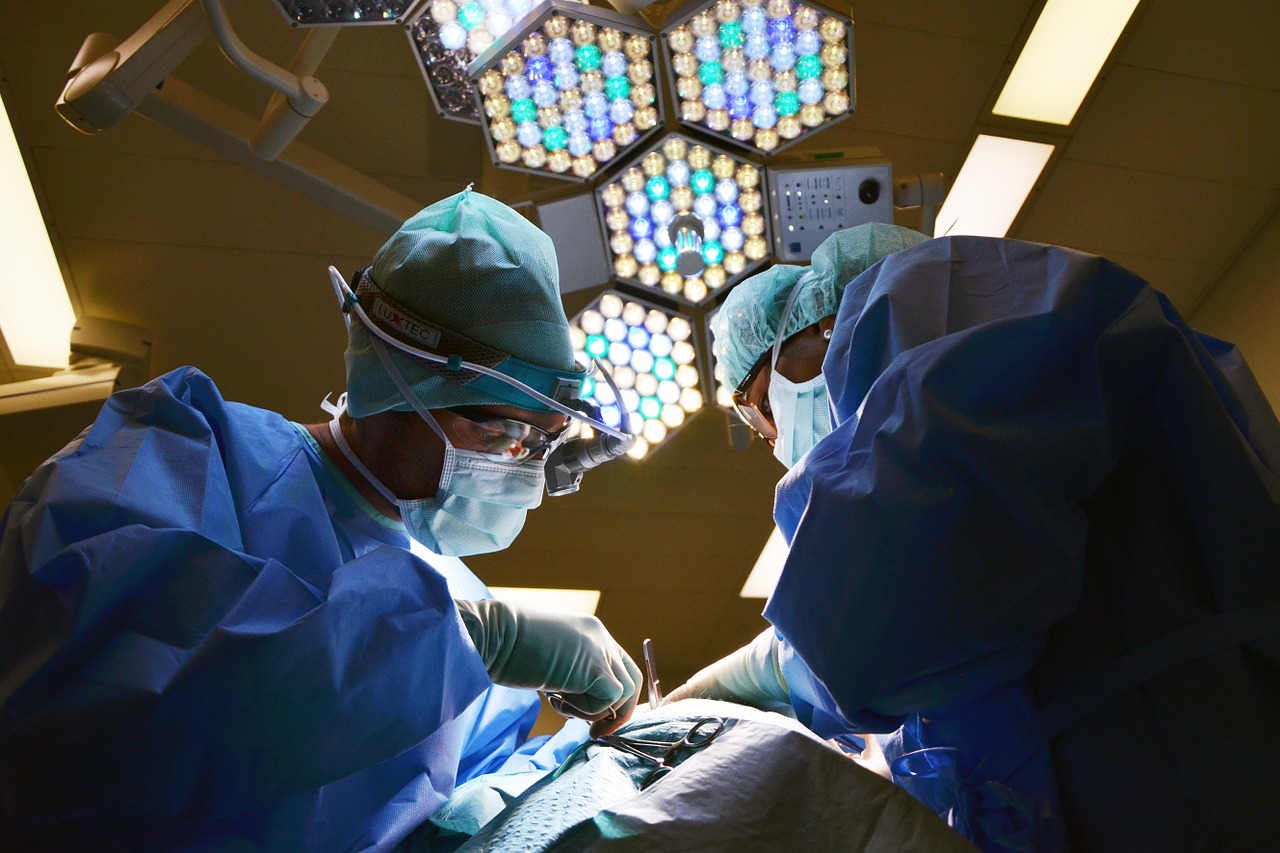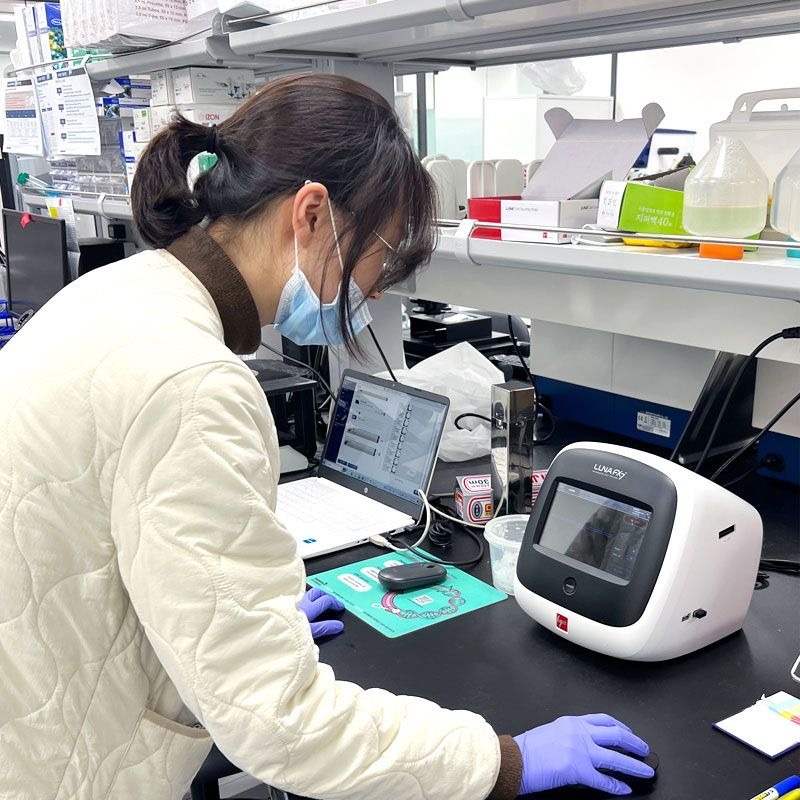Blog
A Guide to Finding the Best Injury Doctor After a Car Accident

Getting proper medical care after an accident is vital and critical to discovering the hidden injuries you may have received. You may feel minimal pain or no pain at all, but no obvious sign of damage doesn’t mean you should not go to the right doctor. Think what if your hidden injury left undetected?
Automobile accidents are the worst events in one’s life that can cause severe injuries. Also, finding the best doctor to treat significant injuries is difficult because not everyone can provide expert care for your neck or back injuries. Certainly, someone who has suffered a catastrophic injury like brain damage or broken bones is much different than what usually people receive from an auto accident. So, it is best to search for doctors who will spend time with a patient, involve themselves in litigation, and be available for a deposition. Physicians can often guess the type and severity of car crash, based on the patient’s injuries. Do not wait long and find the best one immediately.
In this article, we have discussed a few important things that you must consider before going to injury doctor and more importantly avoid the wrong one.
Do Not Visit Your Primary Care Physician
Although your primary care physician is the best, there are two reasons why you shouldn’t visit them after an injury. Firstly, Accident Injuries isn’t their cup of tea, and he probably doesn’t want to treat that or to get involved in major accident injuries. However, it is advisable to ask your primary doctor for suggestions, tell them about your injuries and they probably will recommend visiting a specialist or explaining how to find the right one to treat your specific problems.
Primary Care Doctors VS Specialists
Medical doctors fall into two categories: PCPs and specialists.
- Primary Care Providers (PCPs)
You can call them family doctors or general practitioners. If you’re looking for a doctor for a routine or an annual physical checkup, they’re great resources. PCPs are trained to be able to diagnose multiple health conditions and are experts in helping a patient to track their health over time. Since you have build up a long relationship with them, they also recommend a number of specialists.
- Specialists
They have advanced training in a particular branch of medicine. For example, heart or lungs specialists. Depending on their degree and practice, many doctors can also perform surgery.
When You Visit, Tell Doctors about Your Prior Injuries
Don’t hide any prior injuries and make sure your injury doctor is well informed about all conditions from the past. What if you don’t disclose? Hiding pre-existing injuries will hurt your credibility when you bring an injury claim, the insurer will say you aren’t truthful. Moreover, hiding your medical condition will also affect your recovery. Don’t be afraid of disclosing any pre-existing condition. Remember, past injuries help your case, and not hurt it!
Avoid Gaps in Treatment
It is essential to visit your doctor on time and as per appointments because gaps in treatment decrease chances of your recovery and the value of your insurance claim.
What Type Of Injuries Occurred After A Car Accident?
Muscle and Ligament Injuries
Our body is full of tendons, muscles, and ligaments. During an auto accident, a soft tissue usually gets twist that further lead to strains and sprains. While minor injuries can be treated with ice, compression, and elevation. Proper treatment is required to deal with severe sprains and strains that impact your life for years to come.
- Burns
You can be exposed to electricity, extreme heat, or come into contact with toxic chemicals during a car crash. This can cause burns on your body–first, second, or third-degree. To treat first-degree burns a basic first aid would be enough, but in case of second and third-degree burns you need to seek the help of a medical professional.
- Neck and Back Injuries
You could herniate a disc during the accident or also end up with whiplash. Treat yourself as soon as possible because these injuries are painful and requires serious medical care to heal.
- Spinal Injuries & Fractures
Spinal injury can get worse, if not treated on time. Unfortunately, car accidents break your bones which are incredibly painful. Depending on the severity of the fracture, doctors go for surgery to set the bone.
Once you get recommendation about the best injury doctor, ask them a few critical questions:
- Ask About Credentials
It’s not simple. A degree or training isn’t enough to seek a doctor’s credentials, but it is essential to see what conditions are their specialties. Do verify their success stories or if possible, their educational background before placing trusts on them with your care. Also, ask if they are experienced in treating car accident injuries? The assessment of car accident injuries requires more training than general practitioners have. So, choose wisely.
What Do Other Patients Say?
Always review patient testimonials. If a friend or relative once suffered from similar trauma, you must ask them what treatment they had gone through and if they would recommend this doctor to you.
How Quickly After the Car Accident They Can See You?
As soon as possible! Find out if the doctor offers walk-in appointments, or not. Your waiting time after an accident should be minimal. In case of an emergency, get immediate care options.
Do They Thoroughly Document Your Case in a Medical Report?
Documentation of your car accident injury and treatments are an integral and critical part of your recovery and injury claim process. Before you visit one, make sure they will keep complete records of everything, according to the standards of the insurance company. How it helps? Proper and complete documentation eliminates confusion which leads to claim denials.
Do They Use Diagnostic Testing?
Many injury clinics recommend a preliminary treatment plan, and if needed, they go for further testing, such as:
- CAT Scan
- MRI
- Range of Motion Testing
- Neurological Assessment
Do They Have Diagnostic Testing and Variety of Treatment Available?
Well, there are various treatment options available, but the right one depends on your injuries caused by an accident and medical history. There are some common accident-related treatments that every clinic offer to their patients includes:
- Neurological testing and referrals
- Epidurals and nerve blocks
- Orthopedic surgery
- Plastic and reconstructive surgery
- Chiropractic care
- Physical Therapy
- Pharmacy and Medical Equipment
Does The Doctor Takes Care Of Your Privacy?
Patient privacy is an essential aspect of care that one should never let it go or take for granted. The care provider should maintain high level of confidentiality in keeping your medical records in their record room safe. They must have proper privacy policy in terms of keeping patients records and only share with other physicians if necessary or part of their collaborative care plan.
Should I See a Chiropractor?
A short answer is YES. In most of the cases, auto-related accidents involve neck injuries (whiplash); chiropractic physicians are the right choice to visit when it comes to post-accident rehabilitation. They also deal with back injuries– providing chiropractic therapy and pain management. They help you get back on your feet.
In summary, auto accidents are worst. You can end up with multiple injuries, so it is important to visit the doctor immediately after an accident and get the care you need most. Also, it’s best to be prepared with the above relevant questions to ask your doctor after a car accident.
Do share this informative article with your loved ones. Stay safe!
Blog
Applications of Automation in Research and Clinical Diagnostics

Precision counts in the fields of science and medicine. This is particularly true for the basic task of counting and analyzing cells, which is used in both clinical and research settings. The introduction of automatic cell counters, which provide efficiency and accuracy that manual approaches cannot match, has resulted in a notable advancement in this field.
What is Automated Cell Counting?
Automated cell counters are advanced instruments that are made to precisely and swiftly count and examine cells. In contrast to manual counting methods that rely on human vision and a microscope, automated counters use software algorithms and image technology to count and analyze cells. This ensures more accurate findings by expediting the procedure and lowering the possibility of human error.
Type of Automated Cell Counters
There are several types of automated cell counters used in research and clinical diagnostics, each employing different technologies and methods for cell counting. The main types of automated cell counters include:
These various types of automated cell counters provide effective and precise methods for cell counting and analysis, each with unique benefits and uses in clinical and research environments.
Automated cell counters have become indispensable tools in understanding cell behavior. They are used in various research fields, including cancer research, drug discovery, and stem cell therapy.
One of the key benefits in research is the ability to handle large volumes of data. For instance, in drug discovery, automated counters can quickly analyze the effects of thousands of compounds on cell growth and death. This high-throughput capability accelerates the pace of research, allowing scientists to screen potential drugs more efficiently than ever before.
Moreover, automated cell counters offer the precision required to detect subtle changes in cell populations. This is crucial in fields like cancer research, where understanding the behavior of cancer cells can lead to the development of more effective treatments.
The impact of automated cell counters extends beyond the research laboratory and into clinical diagnostics. In medical laboratories, these devices play a critical role in routine blood tests, infectious disease diagnostics, and monitoring patient health during treatment.
For example, in a routine complete blood count (CBC), automated cell counters can quickly provide a detailed analysis of different blood cell types. This information is vital for diagnosing conditions such as anemia, infections, and blood cancers. The speed and accuracy of automated counters mean that patients can receive diagnoses and begin treatment more swiftly.
In the context of infectious diseases, automated counters can detect and quantify specific pathogens or immune cells, helping to diagnose infections quickly and accurately. During the COVID-19 pandemic, automated cell counting technologies were instrumental in monitoring virus spread and patients’ immune responses, showcasing their value in crisis situations.
Challenges and Future Directions
The initial cost of these devices can be high, and their operation requires specific technical expertise. Additionally, different types of cells and conditions may require customized counting protocols, necessitating ongoing adjustments and updates to software algorithms.
Looking ahead, ongoing advancements in technology promise to further enhance the capabilities of automated cell counters. The global cell counting market growth is anticipated at a CAGR of 7.5% by 2032. Innovations in imaging technology, artificial intelligence, and machine learning are expected to improve accuracy, speed, and the ability to analyze more complex cell characteristics. As these technologies evolve, automated cell counters will become even more integral to research and diagnostics, opening new avenues for scientific discovery and patient care.
-

 Tech3 years ago
Tech3 years agoEffuel Reviews (2021) – Effuel ECO OBD2 Saves Fuel, and Reduce Gas Cost? Effuel Customer Reviews
-

 Tech5 years ago
Tech5 years agoBosch Power Tools India Launches ‘Cordless Matlab Bosch’ Campaign to Demonstrate the Power of Cordless
-

 Lifestyle5 years ago
Lifestyle5 years agoCatholic Cases App brings Church’s Moral Teachings to Androids and iPhones
-

 Lifestyle3 years ago
Lifestyle3 years agoEast Side Hype x Billionaire Boys Club. Hottest New Streetwear Releases in Utah.
-

 Tech6 years ago
Tech6 years agoCloud Buyers & Investors to Profit in the Future
-

 Lifestyle4 years ago
Lifestyle4 years agoThe Midas of Cosmetic Dermatology: Dr. Simon Ourian
-

 Health5 years ago
Health5 years agoCBDistillery Review: Is it a scam?
-

 Entertainment5 years ago
Entertainment5 years agoAvengers Endgame now Available on 123Movies for Download & Streaming for Free
